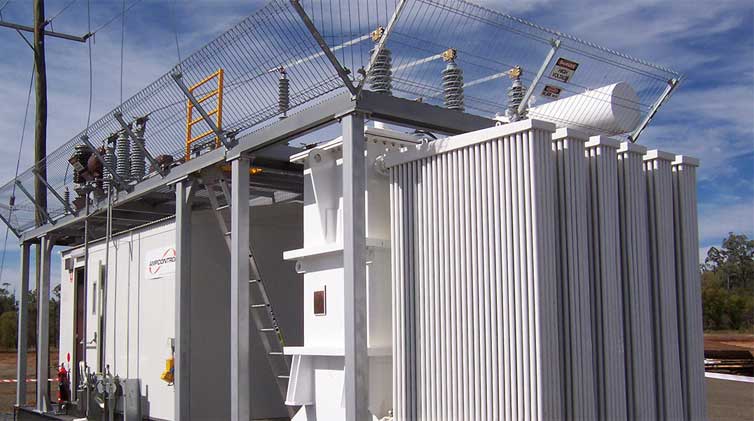Single-phase distribution transformer connection description
1. Understand the connection of single-phase distribution transformers
Like other electrical equipment, single-phase distribution transformers can be arranged in series or in parallel. For example, distribution transformers are often wound with secondary or low voltage windings that can be connected in series or parallel. The availability of primary voltage and the requirements of the load determine how the transformer is wired.
Since transformers are basically AC devices, they don't have fixed polarity like DC supplies. However, they have relative polarity markings which must be respected when connecting them together in a different arrangement. Polarity is the instantaneous voltage obtained by the primary winding with respect to the secondary winding.
Single-phase distribution transformer connection leads are usually taken out of the transformer's steel bushings through insulating bushings. In all transformers, the H terminal is always the high voltage terminal and the X terminal is always the low voltage terminal. Can be designated as primary or secondary, depending on which is the source and which is the load. By convention, terminals Hi and X1 have the same polarity, which means that when H1 is momentarily positive, X1 is also momentarily positive. These markings are used to establish proper terminal connections when connecting single-phase transformers in parallel, series, or three-phase configurations.
2. Single-phase distribution transformer connection: addition and subtraction variable capacitor terminal marking
In fact, the terminals on the transformer are mounted in a standard manner, giving the transformer both minus and plus polarity. When terminal H1 is diagonally opposite terminal X, the transformer is said to have added value. Similarly, the transformer has subtractive polarity when terminal Hi is adjacent to terminal X1.
3. Single-phase distribution transformer connection: parallel connection of dual voltage transformers and their secondary windings
With this in mind, the H1 and H2 leads are labeled. Next, connect a jumper wire between the H1 lead and its adjacent low voltage lead, and a voltmeter between H2 and the other low voltage lead. Then apply low voltage to the H1 and H2 leads and record the voltmeter reading. If the voltmeter reading is greater than the applied voltage, the transformer is additive and XI will be the lead on the right. If the voltmeter reads less than the applied voltage, the transformer subtracts, Xi is on the left. In this polarity test, the jumper effectively connects the secondary voltage ES in series with the primary voltage E. Thus, Es can be added to or subtracted from E. From this you can see how the terms "additive" and "subtractive" are derived. Two single-phase distribution transformers connected in parallel, another form of polarity marking is through the use of dots. The dot symbol is used with the schematic to indicate which terminals are positive at the same time.
Jump to Content Sections
Leave a Message
You May Also Like
 English
English  français
français  Español
Español  русский
русский  العربية
العربية  tiếng việt
tiếng việt  Malay
Malay  Indonesia
Indonesia  বাঙালি
বাঙালি 


